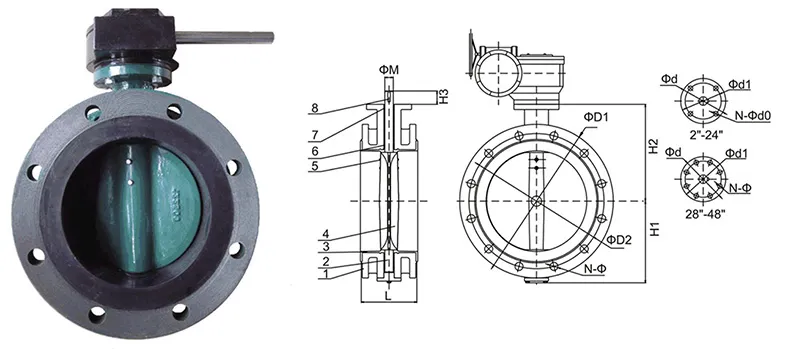Nov . 20, 2024 13:36 Back to list
flexible rubber joint
The Importance of Flexible Rubber Joints in Modern Engineering
Flexible rubber joints have become an essential component in various engineering applications, providing effective solutions for connecting pipes, absorbing vibrations, and accommodating misalignments. These joints are designed to handle the dynamic stresses and movements that occur in piping systems, making them indispensable in industries such as plumbing, wastewater treatment, oil and gas, and HVAC systems.
Structure and Design
At its core, a flexible rubber joint consists of an elastomeric material, typically rubber or a rubber-like compound, that is shaped into a resilient form. This design allows the joint to flex and deform under various pressures and temperatures, thus providing a cushioning effect that mitigates the impact of vibrations and movements in the connected systems. The flexibility of these joints not only helps in accommodating expansion and contraction due to temperature changes but also in absorbing shock loads that might otherwise damage rigid piping systems.
Applications
Flexible rubber joints are widely used in many engineering sectors. In plumbing and drainage systems, for instance, these joints can handle the thermal expansion of pipes caused by hot water flow. In industrial settings, they are vital for connecting pumps and compressors to piping, allowing for slight misalignments that can occur during operation or when equipment shifts.
In the oil and gas industry, flexible rubber joints play a critical role in offshore and onshore operations where pipeline movement can be influenced by environmental factors such as wind and waves. These joints help maintain the integrity of the pipeline systems while allowing them to adapt to shifting loads without cracking or rupturing.
Moreover, in HVAC systems, flexible rubber joints are employed to connect ductwork and reduce vibration transfer from fans and blowers to the structural components of a building
. This not only preserves the durability of the installation but also creates a quieter environment for occupants.flexible rubber joint

Advantages
One of the primary advantages of using flexible rubber joints is their ability to reduce noise and vibration. In many industrial processes, excessive noise can lead to uncomfortable working conditions, hinder communication, and even contribute to long-term hearing damage for personnel. By utilizing flexible rubber joints, companies can significantly reduce these issues, enhancing workplace safety and comfort.
Additionally, flexible rubber joints can extend the lifespan of piping systems. When rigid connections are used, the stress concentrated at the joints can lead to fatigue and eventual failure. However, the flexible nature of rubber joints disperses these stresses, thus enhancing the longevity of the entire system.
Maintenance and Longevity
While flexible rubber joints are durable, they are not impervious to wear and tear. Regular inspection and maintenance are crucial to ensure their effectiveness. Factors such as exposure to harsh chemicals, extreme temperatures, and constant movement can affect the integrity of the material over time. Engineers recommend periodic checks and, when necessary, timely replacements to prevent potential failures that could lead to downtime or costly repairs.
Conclusion
Flexible rubber joints are a vital component in modern engineering, addressing the challenges posed by vibrations, misalignments, and thermal expansion in various applications. Their unique ability to adapt to changing conditions while maintaining integrity makes them indispensable in diverse fields, from plumbing to oil and gas. By investing in high-quality flexible rubber joints and committing to routine maintenance, industries can enhance the efficiency, safety, and longevity of their systems, ultimately leading to better performance and lower operational costs. As technology advances, the development of new materials and designs will likely enhance the capabilities of flexible rubber joints, ensuring their place as a cornerstone of engineering solutions for years to come.
Share
-
Reliable Wafer Type Butterfly Valves for Every IndustryNewsJul.25,2025
-
Reliable Flow Control Begins with the Right Ball Check ValveNewsJul.25,2025
-
Precision Flow Control Starts with Quality ValvesNewsJul.25,2025
-
Industrial Flow Control ReliabilityNewsJul.25,2025
-
Engineered for Efficiency Gate Valves That Power Industrial PerformanceNewsJul.25,2025
-
Empowering Infrastructure Through Quality ManufacturingNewsJul.25,2025